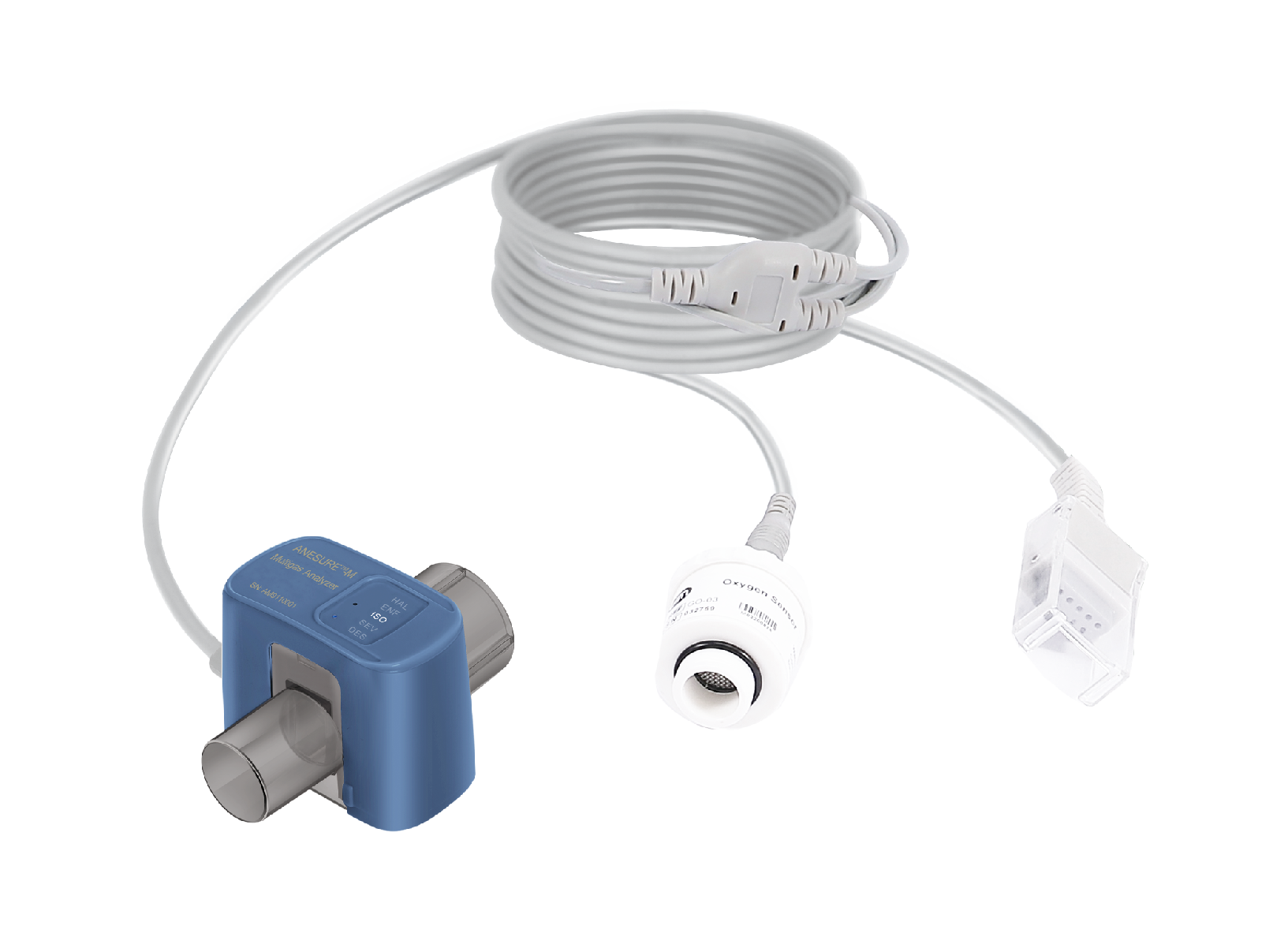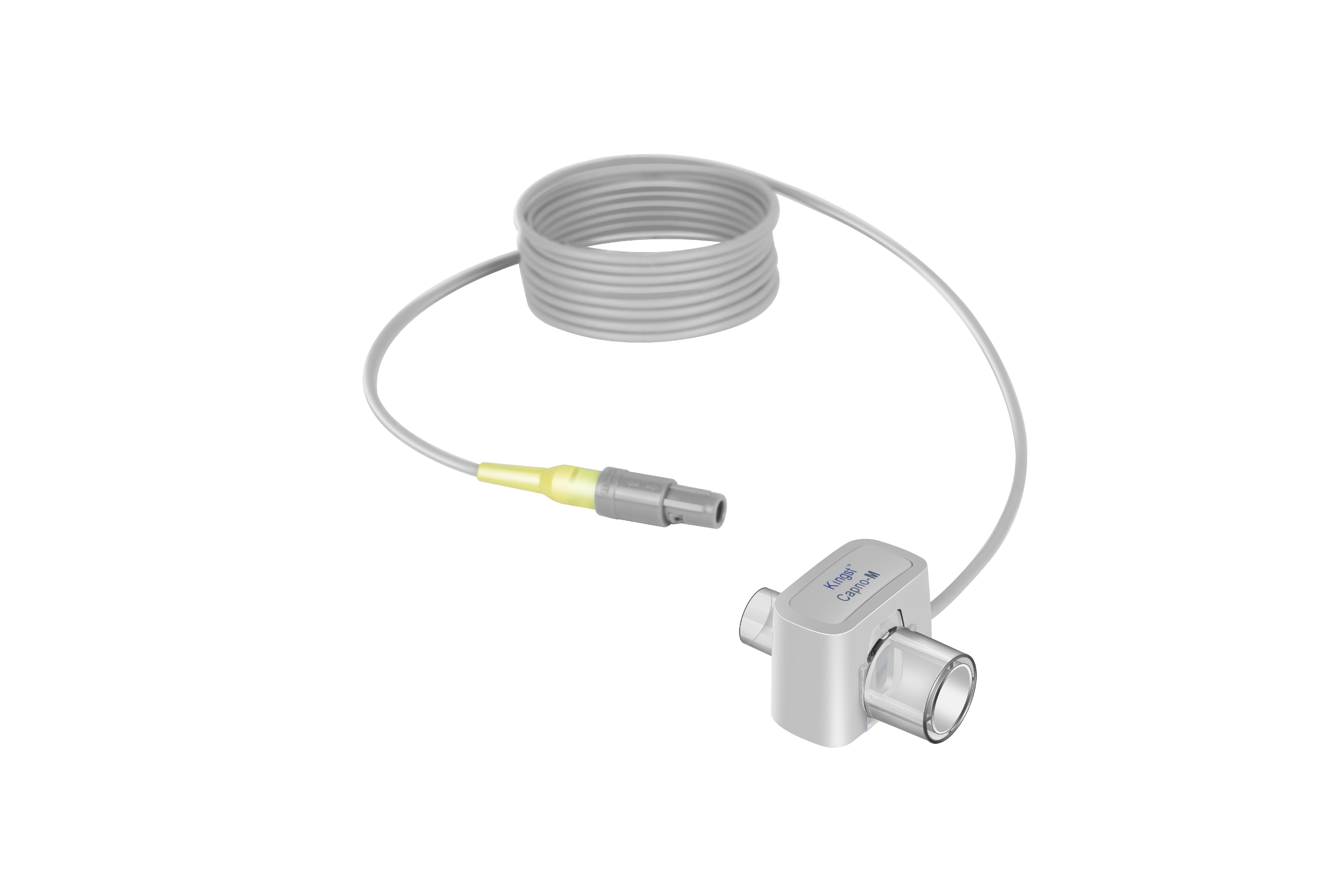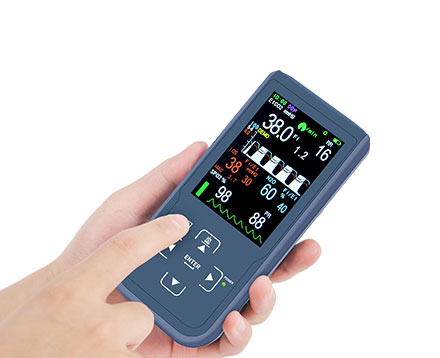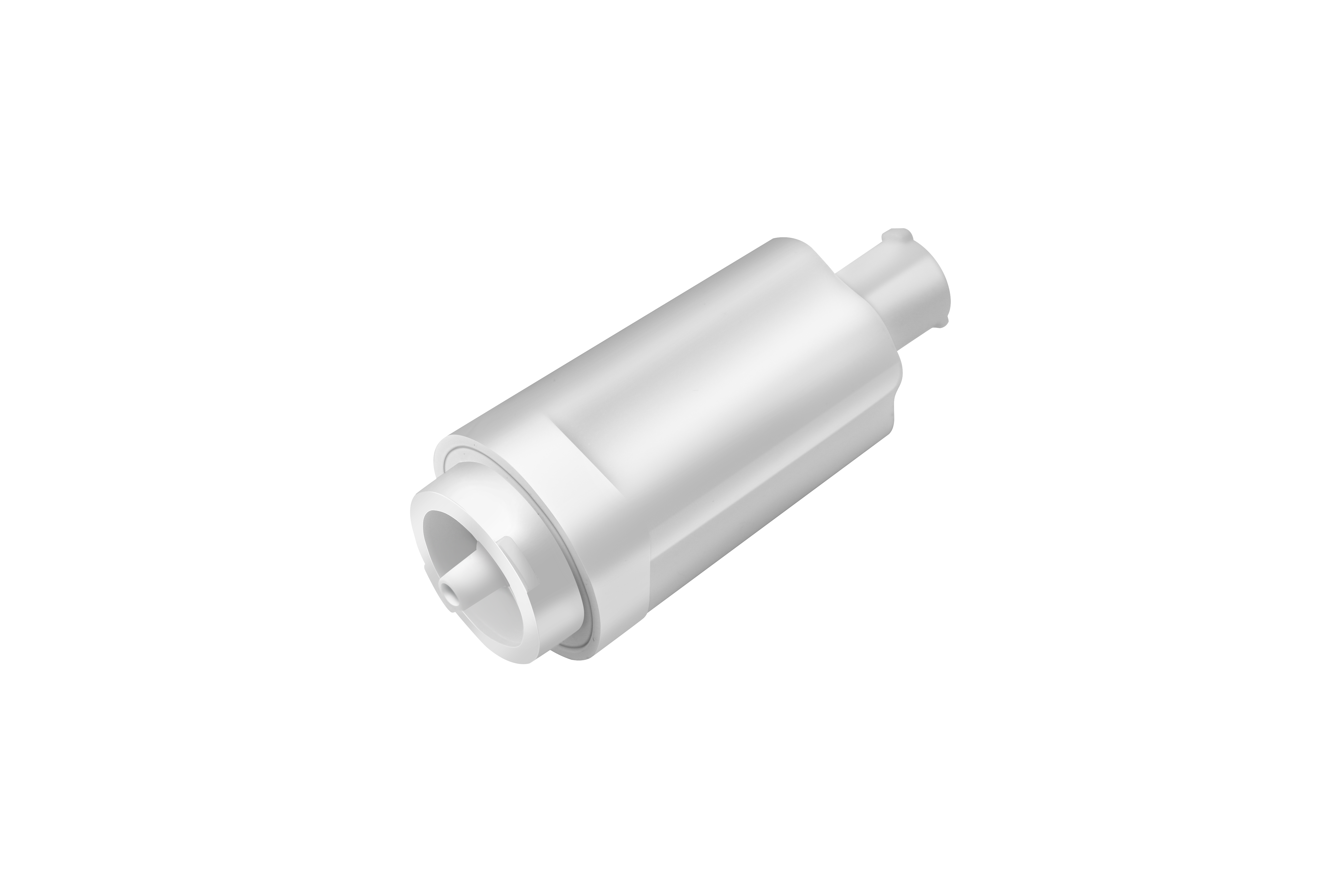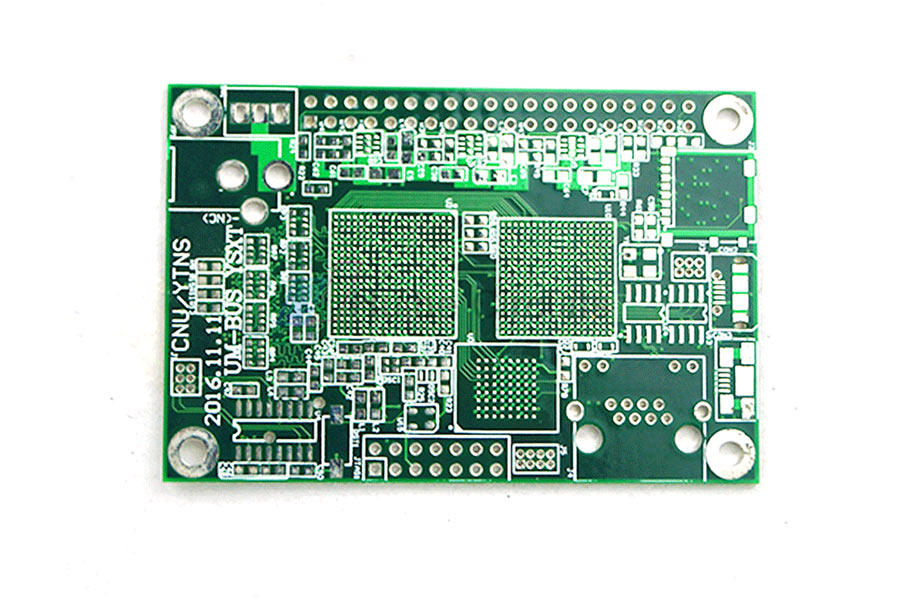Anesthesia Multi-Gas Detector


Our Anesthetic Gas Detector/Module can simultaneously measure the concentration waveform and data of CO2, N2O,anesthetic gas, as well as respiratory rate. The types of anesthetic gases measured include halothane, enflurane, isoflurane, sevoflurane and desflurane. The user can manually select the type of anesthetic gas.
Features of Anesthesia Multi-gas Detector/anesthetic gas module
1.Compatible with a variety of protocols, so that the products can be quickly upgraded and assembled.
2. Plug and play, the host does not need internal circuit, just a serial port. Can measure data within 4 seconds after power on. Suitable for adults, children and newborns.
3. Can also be used in heavy humidity environment for a long time, reducing the cost of use.
4. Automatic pressure compensation. There is a built-in atmospheric pressure sensor, which is suitable for various altitude ranges.
5. High-precision. Careful selection of infrared devices, hardware design and software algorithm, to achieve high signal-to-noise ratio, to ensure the measurement accuracy for temperature range of - 5-50 °C and in the range of 0 - 20%.
How Do Anesthesia Gas Analyzers Work?
The Monitor is based on the principle that different gases absorb the infrared of a particular wavelength. For examples, CO2 sensitive wavelength is 4.26 um, N2O sensitive wavelength is 4.5 um, and the sensitive infrared wavelengths of the five anesthetic gases distribute between 7.5-10.5 um. We can choose one wavelength as reference which is not sensitive to these gases. When the concentration of the monitored gas changes, its absorbed dose of the sensitive infrared varies accordingly, but the reference infrared does not change. The monitor employs a four-channel sensor, with every channel having an optical filter that only allows a narrow band wavelength to pass through, and the central wavelength passing through each optical filter is different. Take CO2 for example, when one beam of infrared passing through sampling gas with CO2 molecule reaches infrared sensor, the CO2 channel measures the residual infrared signal, while the reference channel measures initial infrared, then we use standard gas with known CO2 concentration to calibrate the specific ratio between the two channel signal, then store the calibrated parameter into the internal storage and User Manual of Mainstream Multigas Monitor 23 of 50 then we can measure CO2concentration in the rated range. Likewise, the principles for measuring the N2O and selected anesthetic gas concentrations are same.
Benefits of Anesthesia Multi-gas Detector/anesthesia gas module
Mainstream and sidestream modes
Compatible with multiple protocols
Plug and Play
Flexible upgrade
Provide you with a one-stop solution for your clinical needs
Excellent performance and reasonable price
For more information about capnography price, please feel free to contact us!
Other supplier products
|
|
Normal EtCO2 Waveform Capnography Monitor Device |
As a technology-based company, we have been focusing on developing and innovating carbon dioxide modules and monitors for more than 20 years. And w... |
|
|
Anesthesia Multi-Gas Detector |
Our Anesthetic Gas Detector/Module can simultaneously measure the concentration waveform and data of CO2, N2O,anesthetic gas, as well as respirator... |
|
|
EtCO2 Modules |
The end-tidal carbon dioxide modules (etco2 modules) independently developed and produced by Kingst can be used with multi-parameter patient monito... |
|
|
Anesthesia Multi-Gas Monitors |
Anesthetic gas analyzermonitor has wide applications. It can measure and monitor the concentration of CO2, functional oxygen saturation SpO2, Pulse... |
|
|
Accessories For ETCO2 & Anethesia Multi-Gas Monitors and Modules |
The consumables and accessories produced by Kingst are all made of high-quality raw materials, with superior performance. T4F filters are our paten... |
All supplier products
Same products









